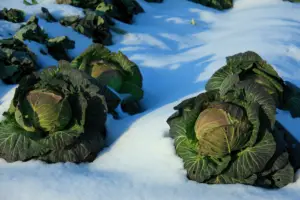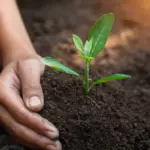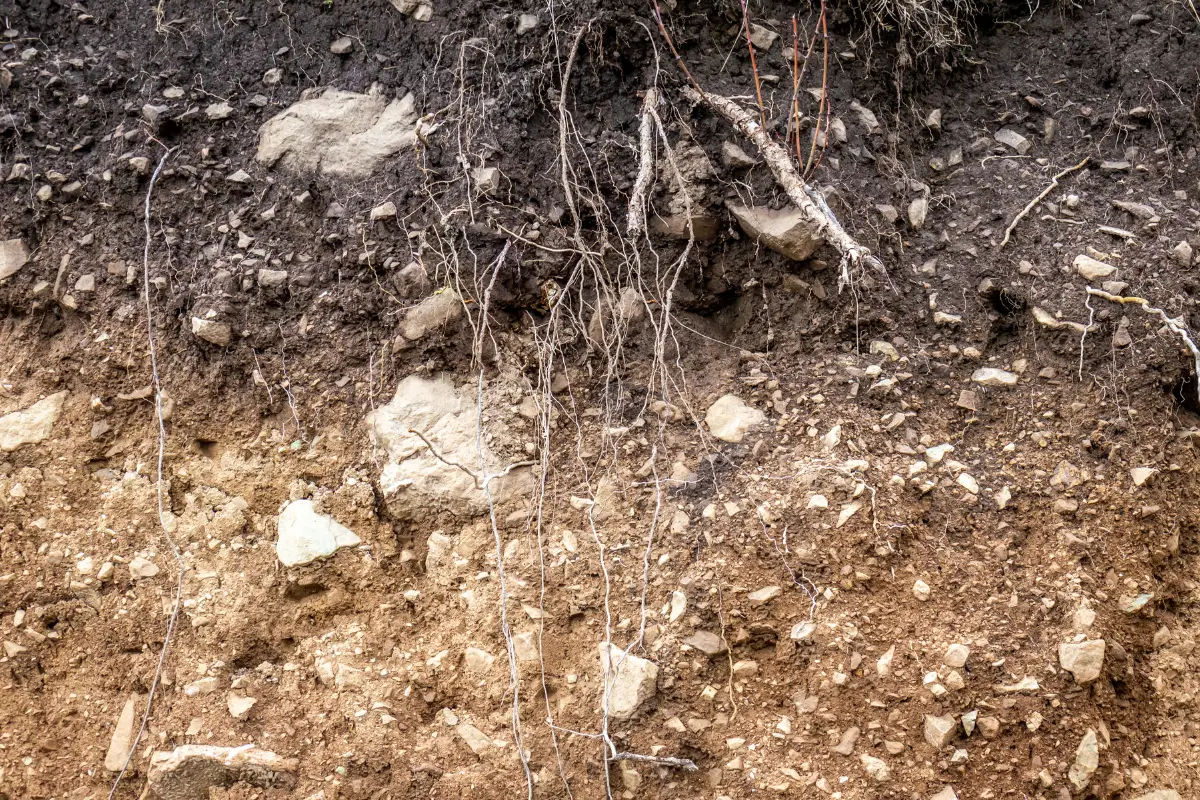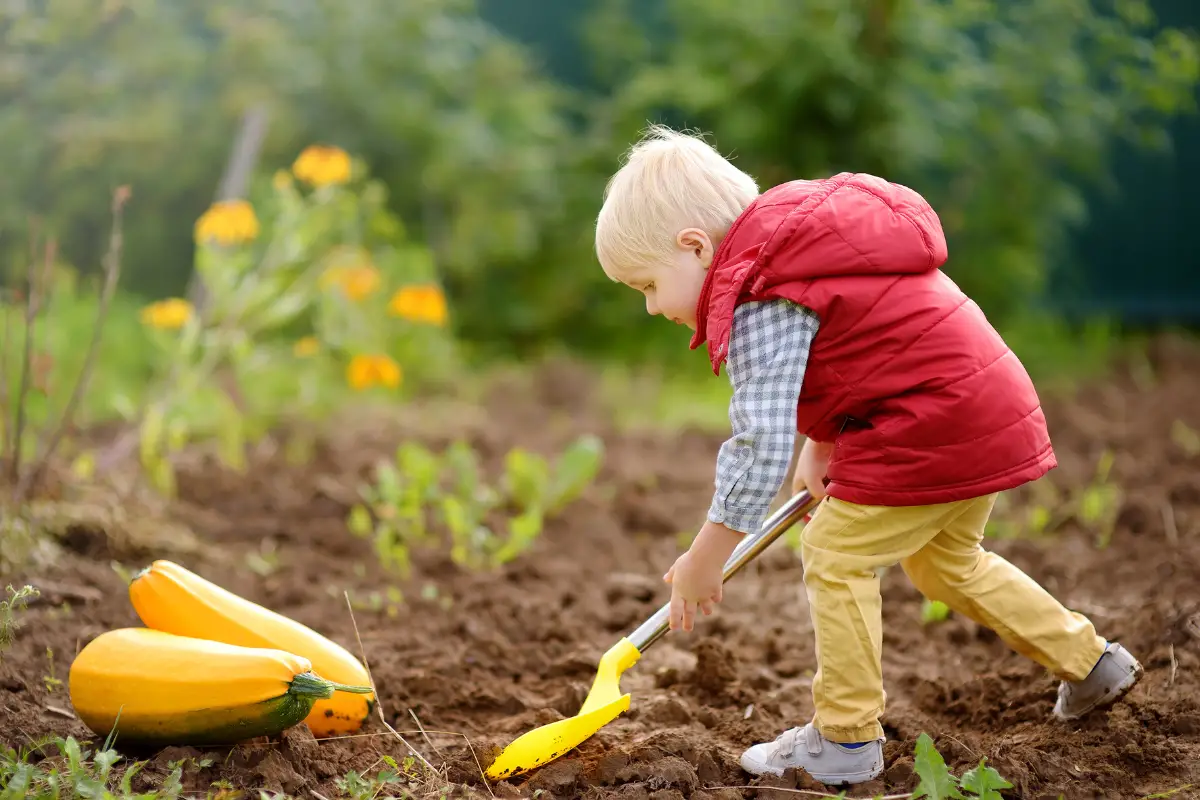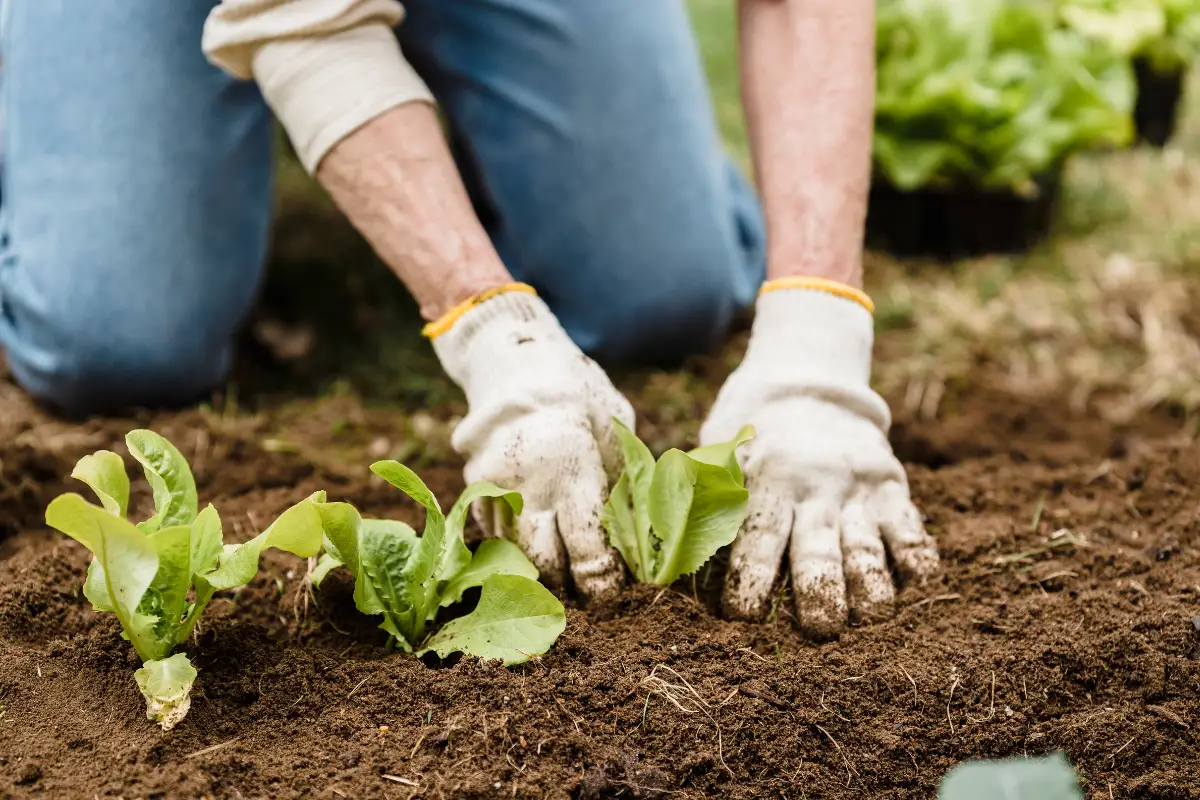Silt soil and clay soil are two types of soil that can be found in various parts of the world.
These types of soil have different properties and characteristics that make them suitable for different types of plants.
Silt soil is made up of fine particles that are larger than clay particles but smaller than sand particles.
It has good water retention properties and is often used for growing crops such as rice and wheat.
Clay soil, on the other hand, is made up of very fine particles that have a high water retention capacity. It is often used for growing vegetables and fruits.
One of the main differences between silt soil and clay soil is their particle size. Silt soil particles are larger than clay soil particles but smaller than sand particles.
This means that silt soil has good water retention properties but is also well-draining.
Clay soil particles are very fine and have a high water retention capacity, which means that they can hold on to water for longer periods of time. However, this can also lead to poor drainage and soil compaction.
Another difference between silt soil and clay soil is their nutrient content.
Silt soil is often rich in nutrients such as nitrogen, phosphorus, and potassium, which makes it ideal for growing crops such as rice and wheat.
Clay soil, on the other hand, can be nutrient-rich but can also be deficient in certain nutrients such as nitrogen and phosphorus.
This means that it may require additional fertilizers to maintain its nutrient levels.

Table of Contents
Understanding Silt and Clay Soils
Definition of Silt Soil
Silt soil is a type of soil that contains a high proportion of silt particles, which are finer than sand particles but coarser than clay particles.
According to the Soil Science Society of America, silt particles are between 0.002-0.05mm in size.
Silt soils are known for their ability to hold water better than sandy soils, but not as well as clay soils.
They are also more fertile than sandy soils due to their ability to retain nutrients.
Silt soil is typically found in areas that have been subjected to erosion, such as riverbanks and floodplains.
It can also be found in areas with high levels of organic matter, such as forest floors. Silt soil is easy to work with and is often used for gardening and farming purposes.
Definition of Clay Soil
Clay soil is a type of soil that contains a high proportion of clay particles, which are the smallest of the three soil types.
According to the Soil Science Society of America, clay particles are less than 0.002mm in size.
Clay soils are known for their ability to hold water very well, but they can also be prone to becoming waterlogged and compacted.
Clay soil is typically found in areas with high levels of rainfall and in areas with low levels of organic matter.
It is often found in areas with a high degree of weathering, such as in the tropics, where the soil has been subjected to high temperatures and humidity.
Clay soil can be difficult to work with due to its tendency to become compacted, but it is often used for building purposes due to its ability to hold its shape when wet.
Physical Properties
Silt soil and clay soil are two types of soil that have different physical properties.
Understanding these properties is important for farmers and gardeners to know how to best manage their soil.
Texture and Structure
One of the main differences between silt soil and clay soil is their texture and structure.
Silt soil has larger particles than clay soil, which makes it more porous and better able to retain water.
This makes it easier for plant roots to penetrate and grow in silt soil.
In contrast, clay soil has smaller particles that pack tightly together, making it less porous and more difficult for water to penetrate.
This can lead to poor drainage and waterlogging, which can be detrimental to plant growth.
The structure of silt soil and clay soil also differs. Silt soil tends to have a more granular structure, with particles that are loosely packed together.
This allows for better aeration and drainage. Clay soil, on the other hand, has a more compact structure, with particles that are tightly packed together.
This can lead to poor aeration and drainage, which can be problematic for plant growth.
Color and Depth
Another physical property that distinguishes silt soil from clay soil is their color and depth.
Silt soil tends to be lighter in color than clay soil, ranging from light gray to yellowish-brown.
Clay soil, on the other hand, is darker in color, ranging from dark brown to reddish-brown.
The color of the soil can provide clues about its composition and fertility.
Depth is another important physical property of soil. Silt soil is typically deeper than clay soil, with a depth of up to 100cm.
This allows for better root development and water retention. Clay soil, on the other hand, tends to be shallower, with a depth of up to 50cm.
This can limit root development and water retention, making it more difficult for plants to grow.
Chemical Properties
pH Levels
The pH level of soil is a measure of its acidity or alkalinity.
Silt soil tends to be more neutral, with a pH range of 6.0 to 7.0, while clay soil can be more acidic, with a pH range of 5.0 to 6.0. However, the pH of soil can vary depending on the location and other factors.
Nutrient Content
Silt soil and clay soil have different nutrient content.
Silt soil contains more nutrients, such as nitrogen, phosphorus, and potassium, than clay soil.
However, clay soil has a higher cation exchange capacity (CEC), which means it can hold onto nutrients better than silt soil.
The following table summarizes the nutrient content of silt soil and clay soil:
| Nutrient | Silt Soil | Clay Soil |
|---|---|---|
| Nitrogen | High | Low |
| Phosphorus | High | Low |
| Potassium | High | Low |
| Cation Exchange Capacity (CEC) | Low | High |
It is important to note that the nutrient content of soil can vary depending on factors such as location, climate, and soil management practices.
Water Retention Capabilities
When it comes to water retention capabilities, both silt soil and clay soil are known for their ability to hold onto moisture.
However, there are some differences between the two types of soil that are worth noting.
Silt Soil
Silt soil has medium-sized particles, which provide better water retention than sandy soils.
During drought, silt soils can retain moisture for longer periods compared to sandy soils.
Silt soils have more plant-available water capacity than clayey soils. However, silt soil is not as efficient as clay soil in retaining water.
Clay Soil
Clay soil has small, fine particles, which is why it retains the most amount of water.
The high surface area of clay soil particles allows it to hold onto water tightly, making it difficult for plants to access the water.
This can lead to waterlogging and poor drainage. However, once plants can tap into the water in clay soil, they will have access to a steady supply of moisture.
| Soil Type | Water Retention |
|---|---|
| Silt Soil | Moderate |
| Clay Soil | High |
Suitable Plants for Each Soil Type
Plants have different requirements for soil type, pH, and nutrient content.
Silt soil and clay soil have different properties, so it’s important to choose plants that can thrive in each soil type.
Suitable Plants for Silt Soil
Silt soil is a fertile, well-draining soil that is easy to work with.
It is a mixture of sand, silt, and clay, with a higher percentage of silt than clay.
Silt soil is ideal for growing a wide range of plants, including:
- Vegetables: Lettuce, spinach, chard, peas, beans, radishes, and carrots grow well in silt soil. These plants prefer a soil that is moist but not waterlogged, and silt soil provides good drainage while retaining moisture.
- Fruits: Blueberries, raspberries, and strawberries are suitable for silt soil. These plants prefer a slightly acidic soil, and silt soil tends to be more acidic than other soil types.
- Ornamentals: Many flowering plants, such as asters, daylilies, and coneflowers, grow well in silt soil. These plants prefer a soil that is rich in organic matter, and silt soil has a high organic content.
Suitable Plants for Clay Soil
Clay soil is a heavy, nutrient-rich soil that is slow to drain.
It is composed of fine particles of clay that compact easily and can be difficult to work with. However, clay soil is also very fertile and can support a wide range of plants, including:
- Vegetables: Root vegetables, such as potatoes, carrots, and onions, grow well in clay soil. These plants prefer a soil that is moist and nutrient-rich, and clay soil provides both.
- Fruits: Apples, pears, and plums are suitable for clay soil. These trees prefer a soil that is well-draining but also retains moisture, and clay soil can provide both if managed properly.
- Ornamentals: Shrubs and trees, such as magnolias, dogwoods, and hydrangeas, grow well in clay soil. These plants prefer a soil that is rich in nutrients and moisture, and clay soil can provide both if amended with organic matter.
It’s important to note that while some plants are better suited to silt soil and others to clay soil, many plants can grow in both soil types with proper management and amendment.
Improving Silt and Clay Soils
Adding Organic Matter
One of the most effective ways to improve silt and clay soils is to add organic matter.
Organic matter helps to improve soil structure, increase soil fertility, and improve soil water-holding capacity.
It also helps to promote healthy soil microbial activity, which can help to break down organic matter and release nutrients into the soil.
Some examples of organic matter that can be added to soil include compost, well-rotted manure, leaf mold, and green manure crops.
Compost is a particularly good choice, as it contains a wide range of nutrients and can help to improve soil structure over time.
To add organic matter to soil, spread a layer of compost or manure over the soil surface and work it in with a garden fork or rototiller.
Aim to add around 2-3 inches of organic matter per year, and repeat the process annually to maintain soil health.
Proper Irrigation
Another important factor in improving silt and clay soils is proper irrigation.
These soil types tend to retain water for longer periods, which can lead to waterlogging and poor drainage if not managed properly.
To prevent waterlogging, aim to water your plants deeply and infrequently rather than with frequent shallow watering.
This will encourage roots to grow deeper into the soil, which can help to improve soil structure and drainage over time.
It’s also important to avoid overwatering, as this can lead to waterlogging and nutrient leaching.
A good rule of thumb is to water your plants when the top inch of soil feels dry to the touch.
In addition, consider using raised beds or planting on mounds to improve drainage in heavy soils.
This can help to create a more favorable growing environment for your plants and reduce the risk of waterlogging.
Conclusion
In conclusion, silt soil and clay soil have distinct characteristics that affect their uses and management.
While silt soil has larger particles and is more porous, clay soil has smaller particles and is less permeable.
Silt soil is often used for agriculture because of its high fertility and water retention capacity.
It is also used for construction purposes because of its stability and strength. However, silt soil can be prone to erosion and compaction, which can affect its productivity and quality.
Clay soil, on the other hand, is often used for construction because of its ability to hold water and its strength.
However, it can be difficult to work with because of its low permeability and tendency to become compacted.
Clay soil can also be prone to drainage problems and poor aeration.
When it comes to managing these soil types, there are several strategies that can be employed.
For silt soil, farmers can use crop rotation, cover crops, and conservation tillage to improve soil structure and prevent erosion.
For clay soil, farmers can use drainage systems, organic amendments, and deep tillage to improve soil structure and drainage.
- How to Dry Basil Leaves: A Professional Guide
- Is an Avocado a Fruit or Vegetable? Simple Answer and Explanation
- Does Pineapple Have Seeds? Exploring the Anatomy of Pineapples
- Blooming Through Winter: Can I Grow Vegetables Indoors in the Winter?
- What Can You Grow in a Greenhouse All Year Round: A Guide to Year-Round Greenhouse Gardening
- Are Blueberries Blue? Debunking the Myth of Their Color




